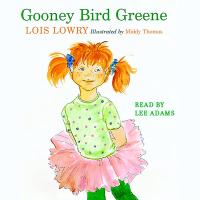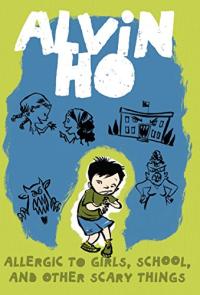Key Information
Focus
When To Use This Strategy
Appropriate Group Size
What is a reading guide?
Reading guides help students navigate reading material, especially difficult chapters in a piece of literature or nonfiction. Students respond to a teacher-created written guide of prompts as they read an assigned text. Reading guides help students to comprehend the main points of the reading and understand the organizational structure of a text. They are particularly helpful for students who are reading below grade level.
Reading guides may be used with the whole class, small groups, or for individual work but they are an especially powerful tool for partners to use as they work through a text to deepen their understanding.
Why use a reading guide?
- It can be developed for a variety of reading material and reading levels.
- It helps guide students through what they are about to read, and helps students monitor their comprehension while reading.
- It helps students to follow the main points of the reading and understand the organization of a text.
- It helps readers to think actively as they read and have a purpose for reading.
How to use reading guides
- Determine the major concepts from an assigned text and consider your students’ knowledge related to the concepts. Then write items designed to guide your students through the major ideas and supporting details of the text. The guides may be phrased as statements or as questions.
- Begin by introducing the assigned text and discussing the main concepts and new vocabulary.
- Next, discuss the statements or ask the questions on the reading guide. You may read the selection aloud or have your students read the assigned text as you monitor the reading.
- Finally, work together with your students to respond to statements or questions on the reading guides during the reading process. Be sure to monitor and support your students as they work.
- As students gain proficiency at completing reading guides, they may design their own guides and provide support for one another.
Reading guides can incorporate strategies such as visualizing, activating schema, questioning, inferring, predicting, monitoring for meaning, and synthesizing. Students can benefit from close reading strategies (involving slowing down and re-reading difficult passages) to help monitor comprehension.
Sample questions and statements
The following is a list of sample items that you might include on a reading guide. These are generic ideas, so you’ll want to adapt yours to match the specific text your students are reading.
- What do you think this book is about?
- What/Who were the characters, places, and events that took place?
- What happened in the story?
- Why did the author write this book?
- The author discusses the differences between ____ and ____ .
- The main idea of this book is…
- What new information have you learned from the book?
Watch a lesson (paired students)
In this video, a middle school teacher uses an interactive reading guide with her science class. Notice the variety of interactions she expects students to make with the text and their partners. See the guide for this lesson: Interactive Reading Guide for Glacial Evidence . For elementary students, you would use a simpler guide.
Differentiate instruction
For second language learners, students of varying reading skill, and younger learners
- Vary the difficulty of questions on the reading guide. For some students, include more questions about implicit information. For less experienced students, begin by providing more questions featuring explicit information.
- If the child cannot read at all or has extremely poor reading, allow the child access to the book or reading material via recording, having someone read it to them, or digital speech. Remember, written speech is different than spoken speech. The child profits from practicing the comprehension of spoken speech
- If the student has trouble with working memory, teach them to take notes on post it notes in the book, so they can refer back.
See the research that supports this strategy
Adler, C.R. (Ed). 2001. Put Reading First: The Research Building Blocks for Teaching Children to Read , pp. 49-54. National Institute for Literacy.
Council for Exceptional Children, the Division for Learning Disabilities (DLD) and the Division for Research (DR). Reading Comprehension Instruction.
Pressley, M. (2000). Comprehension Instruction: What Works.
Tracey, D. H., & Morrow, L. M. (2002). Preparing young learners for successful reading comprehension. In C. C. Block & M. Pressley (Eds.), Comprehension instruction: Research-based best practices (pp. 219-233). New York: Guilford Press.
Children’s books to use with this strategy

Gooney Bird Greene

